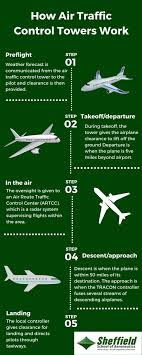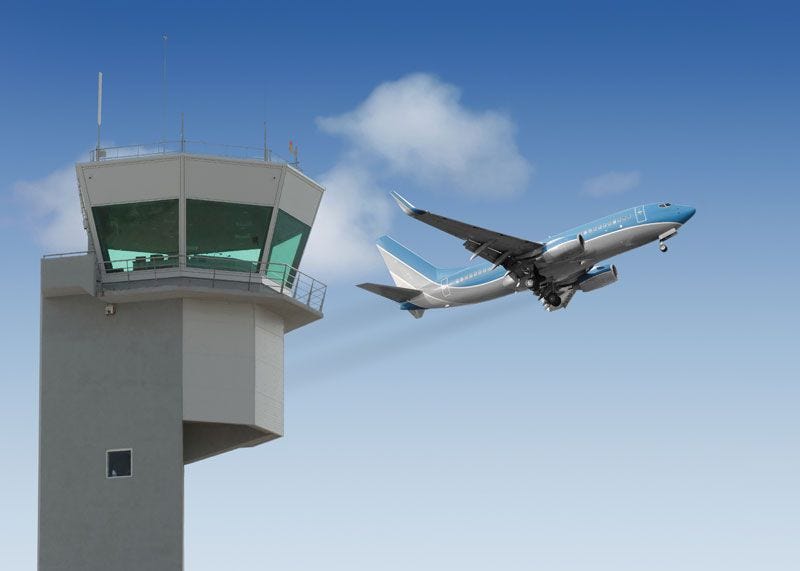Invisible Pathways: The Function of Air Corridors in Travel
The fundamental principle of aviation is the attracting and retaining of customers & air corridors play a huge part. The EconInsider and Ravijaa Mehta find out.
Ever wonder how aeroplanes avoid each other in the seemingly limitless sky? The secret lies in ‘air corridors’ - those invisible highways above that keep air traffic organised and safe. These corridors are meticulously designed and managed, making sure planes can crisscross the globe without incident. But what goes into creating these routes, who’s in charge of them, and how do airlines figure out which ones to use? Let’s take a closer look at how air corridors work and why they’re so crucial.
Designing and Delegating Air Corridors
Air corridors, more technically known as ‘airways’ are predefined flight paths in controlled airspace that aircraft follow to navigate across regions, countries, and continents.
The design of these air corridors is a highly sophisticated process, requiring the collaboration of multiple stakeholders, including civil aviation authorities, air navigation service providers (ANSPs), and meteorological experts. The aim is to create routes that maximise both efficiency and safety, accounting for variables such as atmospheric conditions, airspace congestion, and proximity to major air traffic hubs.
The International Civil Aviation Organization (ICAO), a specialised agency of the United Nations plays a pivotal role in standardising these air corridors. ICAO sets forth global air traffic management (ATM) protocols, ensuring consistency and safety across international boundaries. Each air corridor is carefully charted with specific waypoints—geographic coordinates marked by latitude and longitude—that aircraft must pass through. These waypoints act like road signs, ensuring that planes stay on course, much like lanes on a highway.
Acquisition of Air Corridor Access
Securing the right to utilise an air corridor is a nuanced process, akin to acquiring landing slots at an airport, but on a much grander scale. Airlines don’t just buy access; instead, they must obtain time-specific slots or ‘rights’ allocated by national aviation authorities.
These slots are distributed based on multiple criteria, including market demand, the airline’s existing network, and the strategic importance of Route 3. In highly congested airspaces, especially those near major international airports, these slots are incredibly valuable, with airlines fiercely competing for the most desirable routes.
For long-haul flights, coordination becomes even more complex as airlines must negotiate with multiple countries’ aviation authorities to secure overflight permissions. These permissions are the lifeblood of international aviation, allowing aircraft to legally pass through a nation’s airspace. Often, these permissions are embedded within bilateral or multilateral air service agreements (ASAs) between countries, which regulate the terms of air traffic rights, frequencies, and routes.
Can Air Corridors Be Leased?
While air corridors themselves are not tangible assets that can be leased or sold, the rights to utilise specific routes can be traded like leasing. For instance, an airline might lease a landing slot at a congested airport, which indirectly influences its access to particular air corridors. This practice is prevalent in the aviation industry, particularly in regions where prime slots are scarce and highly sought after.
Moreover, airlines frequently engage in code-sharing agreements, where two or more carriers share the same flight. This enables them to jointly optimise air corridor usage, enhancing efficiency and capacity without directly leasing the airspace.
How Low-Cost Airlines Navigate the Skies
Low-cost carriers (LCCs) have transformed the aviation industry by making air travel more affordable for millions of passengers. But how do they thrive within the constraints of air corridors? The answer lies in their business model, which is laser-focused on operational efficiency and cost reduction.
LCCs typically operate point-to-point routes, bypassing the congested, high-fee airspace around major hubs. By choosing less crowded air corridors and flying into secondary airports, LCCs can significantly reduce operational costs, enabling them to offer cheaper tickets. Additionally, LCCs standardise their fleets—often using a single aircraft type—streamlining maintenance and crew training, which further cuts costs.
Another clever strategy employed by LCCs is operating flights during off-peak hours. Early morning or late-night slots are less congested, meaning that air corridors are less crowded, reducing the likelihood of delays. This not only lowers costs but also allows for quicker aircraft turnaround, increasing the number of flights per day.
Conclusion
Air corridors are the arteries of the global aviation industry, facilitating the safe and efficient movement of millions of passengers and tons of cargo across the world. Their design and management result from meticulous planning and international collaboration, ensuring that the skies remain safe and navigable. For airlines, mastering these air corridors is both a strategic and operational imperative, with low-cost carriers leading the charge in innovative and efficient utilisation. As global air traffic continues to soar, the importance of well-managed air corridors will only grow, solidifying their role as critical infrastructure in our interconnected world.





